In today's society, food packaging is no longer just a simple means of protecting goods from damage and pollution. It has become an important component of brand communication, consumer experience, and sustainable development strategies. Supermarket food is dazzling, and with changes in market and consumer awareness, food packaging is also being updated. What are the development trends of food packaging nowadays?
The food packaging has become smaller
With the rise of the single economy and the acceleration of the pace of life, consumers have an increasing demand for convenient and moderate food, and food packaging has quietly become smaller. Both seasonings and snacks are showing a trend of small packaging. The small packaging design is not only convenient for carrying and one-time consumption, reducing the problem of food spoilage caused by long-term storage after opening, but also helps to control dietary intake and meet the needs of a healthy life. In addition, small packaging has also lowered the purchasing threshold for consumers and promoted the popularity of the tasting culture. Like the capsules on the market, each capsule encapsulates a single serving of coffee, ensuring the freshness of each brewing and making it easy for consumers to choose different flavors based on personal taste, in line with the trend of small packaging and personalized consumption.
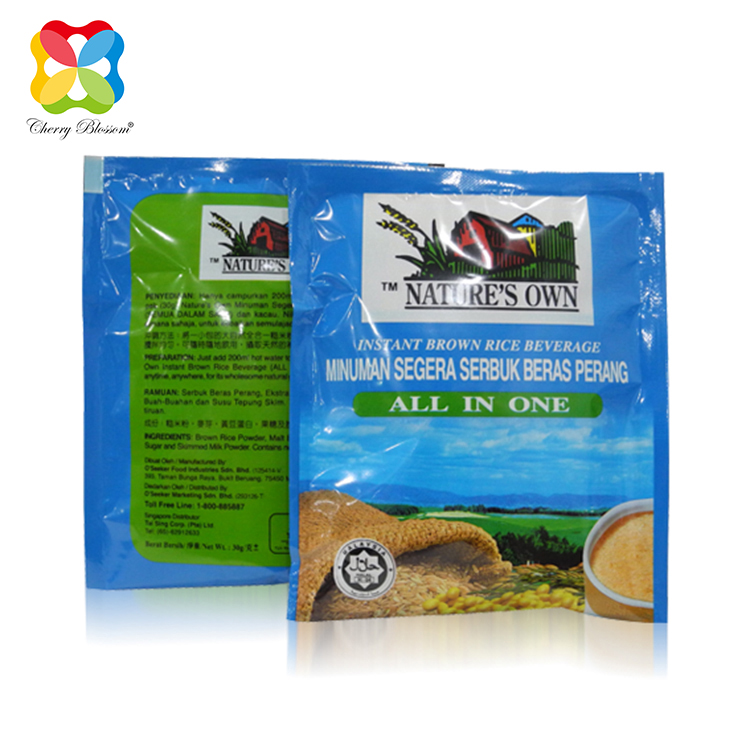
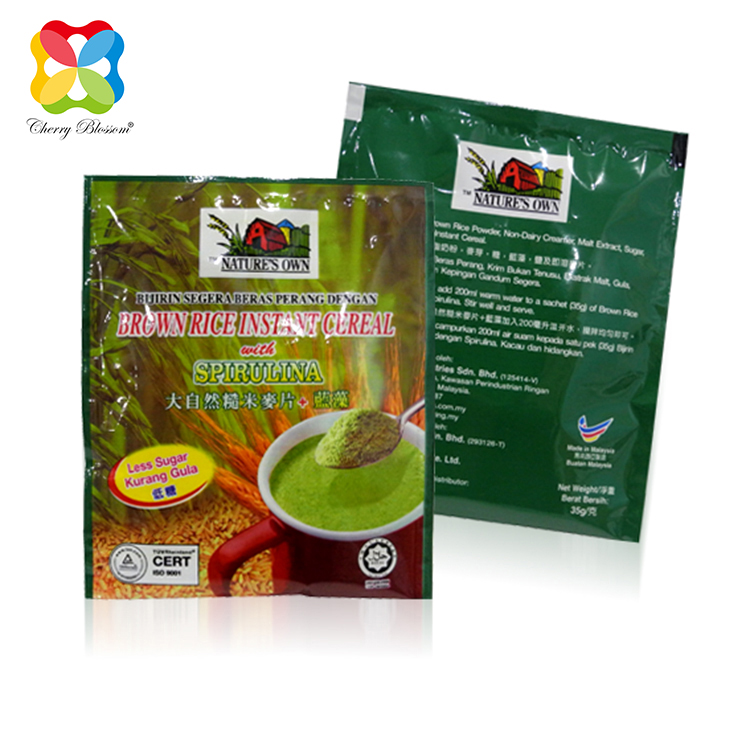
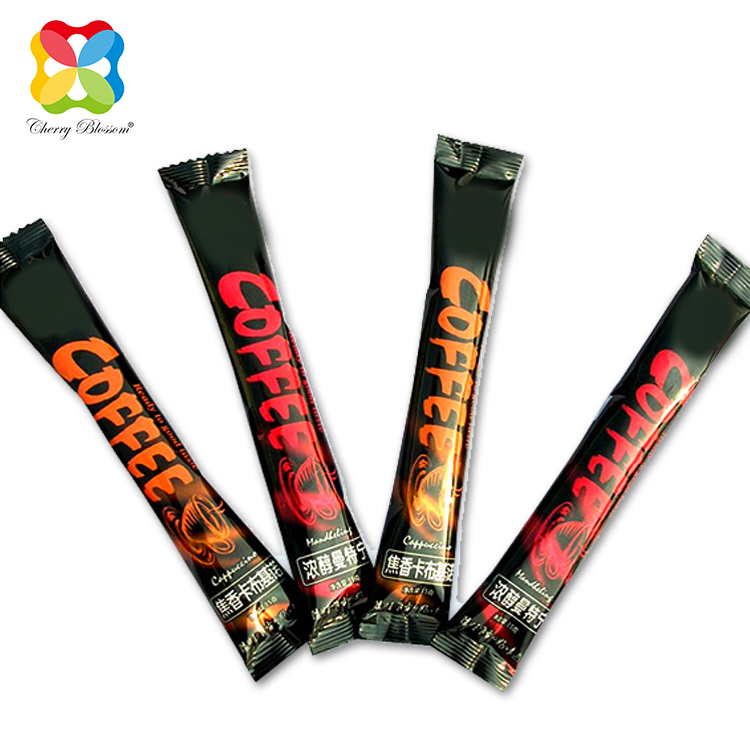
Food packaging has become environmentally friendly
The increasing global attention to plastic pollution, the increasingly strict environmental regulations, and the increasing consumer awareness of environmental protection have jointly driven the transformation of food packaging towards recyclable and biodegradable materials. By using environmentally friendly materials such as paper, bio based plastics, and plant fibers, enterprises can reduce their impact on the environment, establish a green brand image, and meet market expectations for sustainable development. Nestle's Oreo ice cream cups and barrels are packaged with recyclable and recycled materials, balancing food safety and environmental protection. Yili prioritizes suppliers who prioritize environmental protection, among which Jindian Milk reduces the average annual use of packaging paper by about 2800 tons through the use of FSC green packaging.
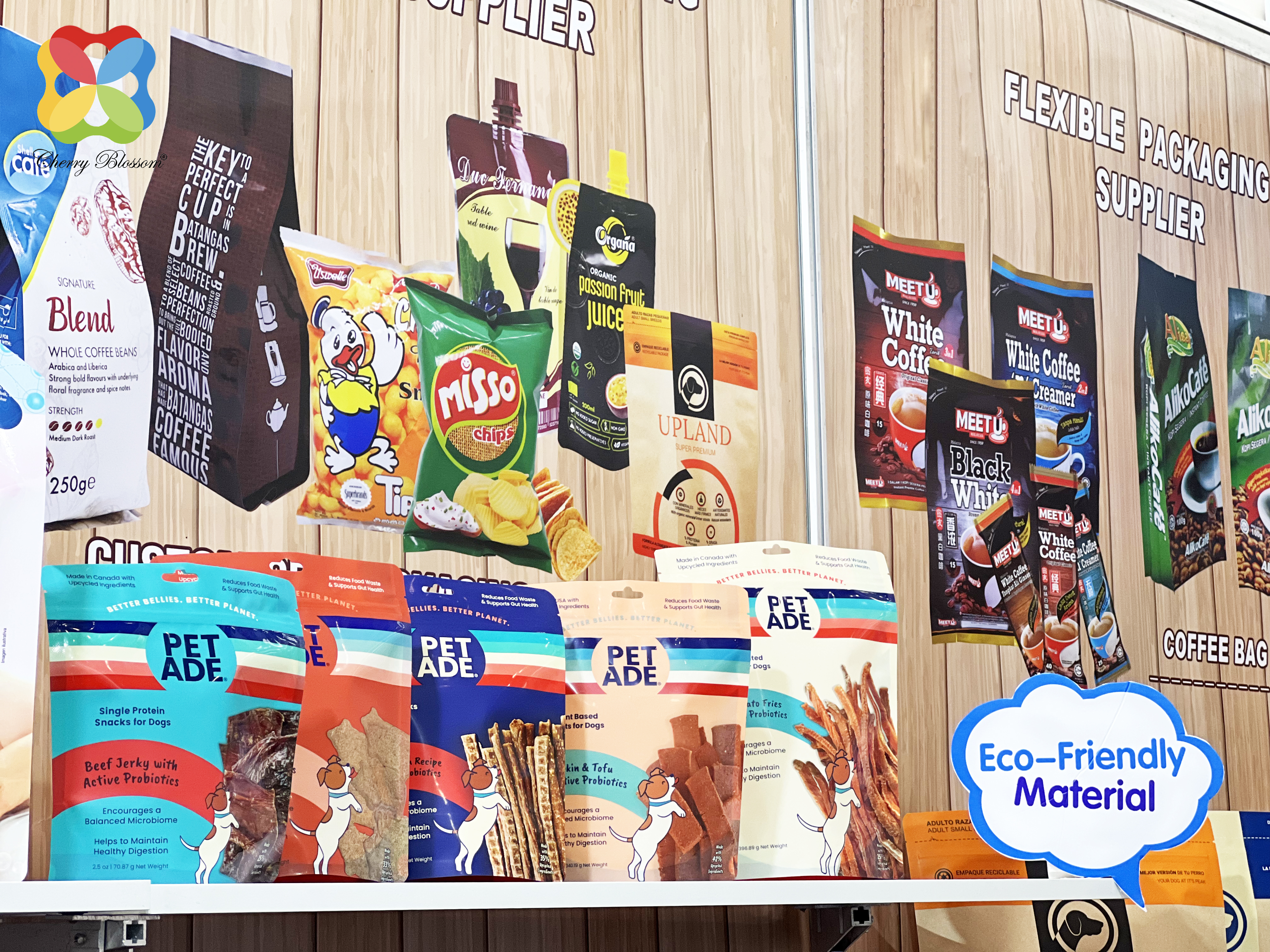
Food packaging has become intelligent
Intelligent packaging can enhance user experience, enhance interactivity, ensure food safety and traceability. The development of the Internet of Things, big data, and artificial intelligence technology has provided possibilities for the intelligence of food packaging. Intelligent packaging achieves product traceability, anti-counterfeiting verification, quality monitoring and other functions by embedding RFID tags, QR codes, sensors and other technologies, enhancing consumer trust and providing valuable consumer data for brands, which helps with precision marketing and service optimization. Some foods reflect the freshness of the product through changes in the color of the outer packaging label, which consumers can easily understand at a glance. In addition, the intelligent temperature control label applied to fresh food can monitor and record temperature changes in real time, and issue an alarm once it exceeds the set range, ensuring the safety and quality controllability of food throughout the entire supply chain.
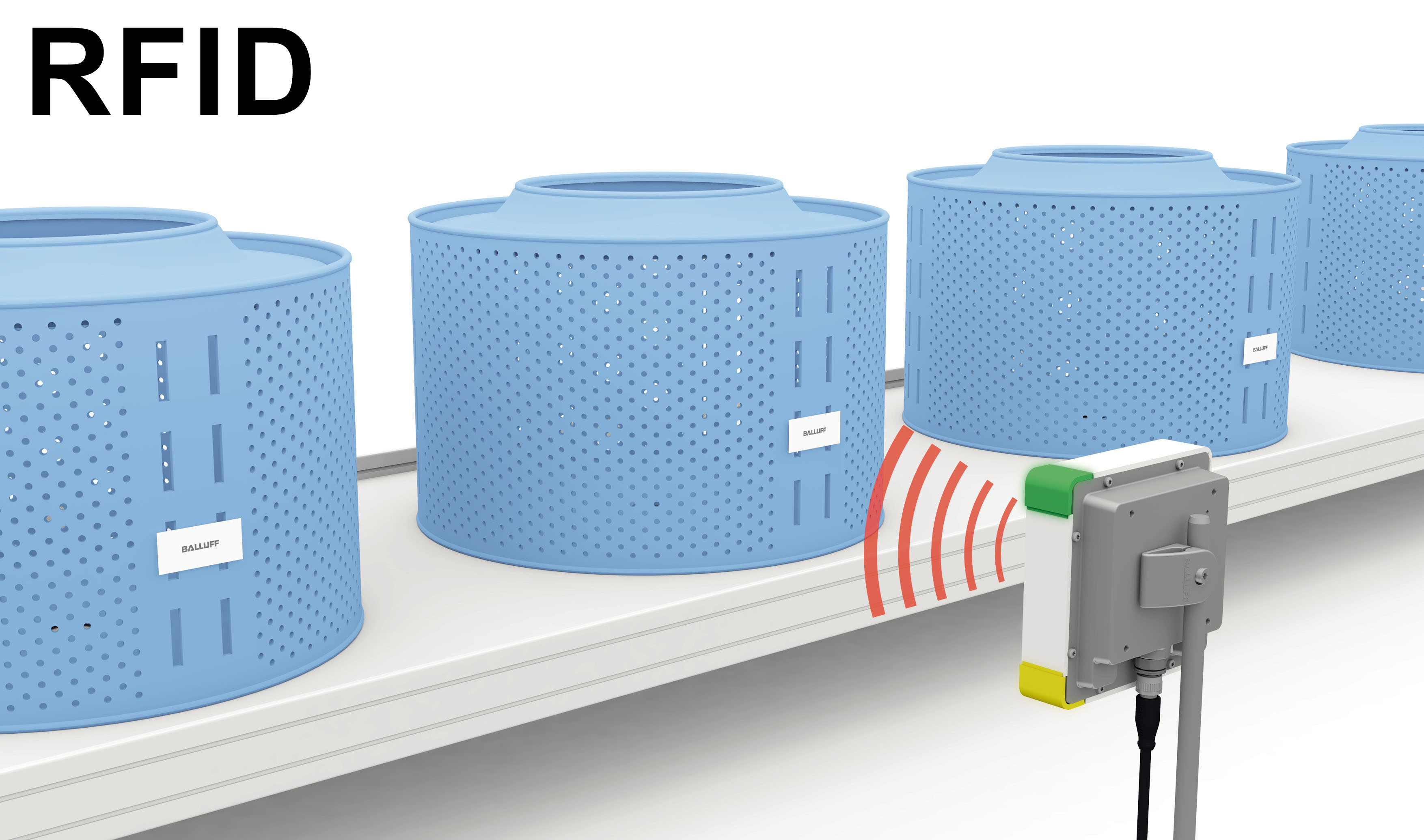
Packaging plays an important role in the food industry, and future trends demonstrate a comprehensive consideration of consumer convenience, environmental protection, and social responsibility. Enterprises should keep up with these trends, constantly innovate, and use packaging as a medium to build a healthier, environmentally friendly, and intelligent food consumption ecosystem.
Post time: Jun-14-2024






